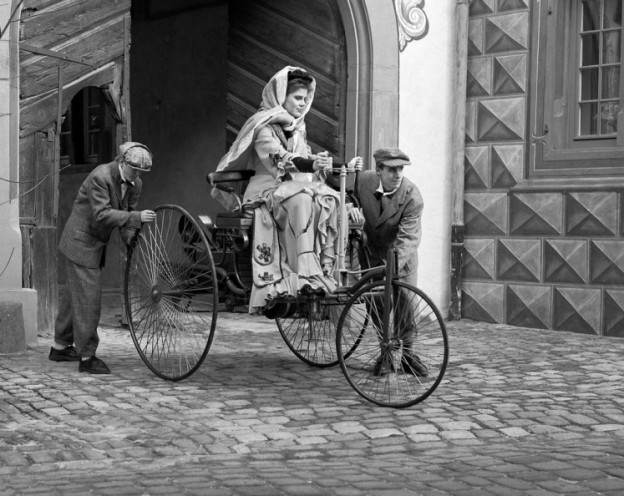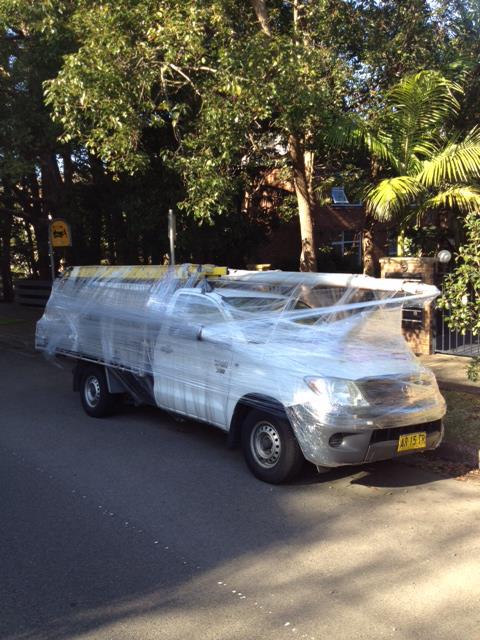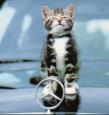The year was 1888. Bertha Benz, born in 1849, was 39 years old and had just learned how to drive. Her husband Karl was the eternal tinkerer, and refused to promote his invention. We are talking about the first petroleum car. Karl patented his Motorwagen in 1886. There is a general agreement that this was the ancestor of the modern cars we drive today. What I love about this story is that it was Bertha’s money that funded the design of this prototype. Other inventors of this time had attached an internal combustion engine to a horse carriage, but Karl made the first vehicle designed for an engine. He had three prototypes, and it was the third one Bertha borrowed for her now legendary trip. Think about it. There were no roads as we know them today, and no petrol stations. She had to plan her trip around towns that had apothecary (chemist) shops where she could buy ligroin, a petroleum distillate sold at the time as a solvent and cleaning product.
Karl suffered from depression, and despite the fact that he had three prototypes, being an overwhelming perfectionist, he continued to tinker with his babies, not wanting to promote them until they were absolutely perfect. Bertha was not only the money that bank-rolled Karl, but also a shrewd business woman who understood that if people got to see these cars in action, it would result in success for the fledgling Benz Company.
In a moment of blind faith, she planned her trip to visit her mother some 50 km away. She set out early in the morning and enlisted the help of her teenage sons. Before dawn, they rolled down the driveway so that Karl would not hear them, and set off for Pforzheim. In Wiesloch they stopped at a pharmacy to refuel, making this the very first petrol station. In Bruchsal Bertha had to find a blacksmith to repair a snapped drive chain. In Bauschlott she had a cobbler replace the leather on the brake shoe, making her the inventor of brake pads. Somewhere along the route, she used her hatpin to clear a clogged fuel line and insulated a short-circuited wire with material from her garter. At another point her boys and few locals pushed the car up a hill since the 2.5 horsepower engine could not make it. She arrived in Pforzheim the same day after dusk. This was lucky, as the car did not have headlights. She informed her husband of their success.
She became an immediate sensation. People lined the road on her return trip, some fascinated, others frightened by the hissing and spitting horseless carriage. But the automobile had proved itself to be safe. The rest, as they say, is history.
If Bertha had not had her “screw it, I’m doing this” moment, years later, Karl would have still been tinkering with prototype number whatever. The combustion engine with all its faults would have failed anyway and we could have been driving around in carriages pulled by unicorns.


